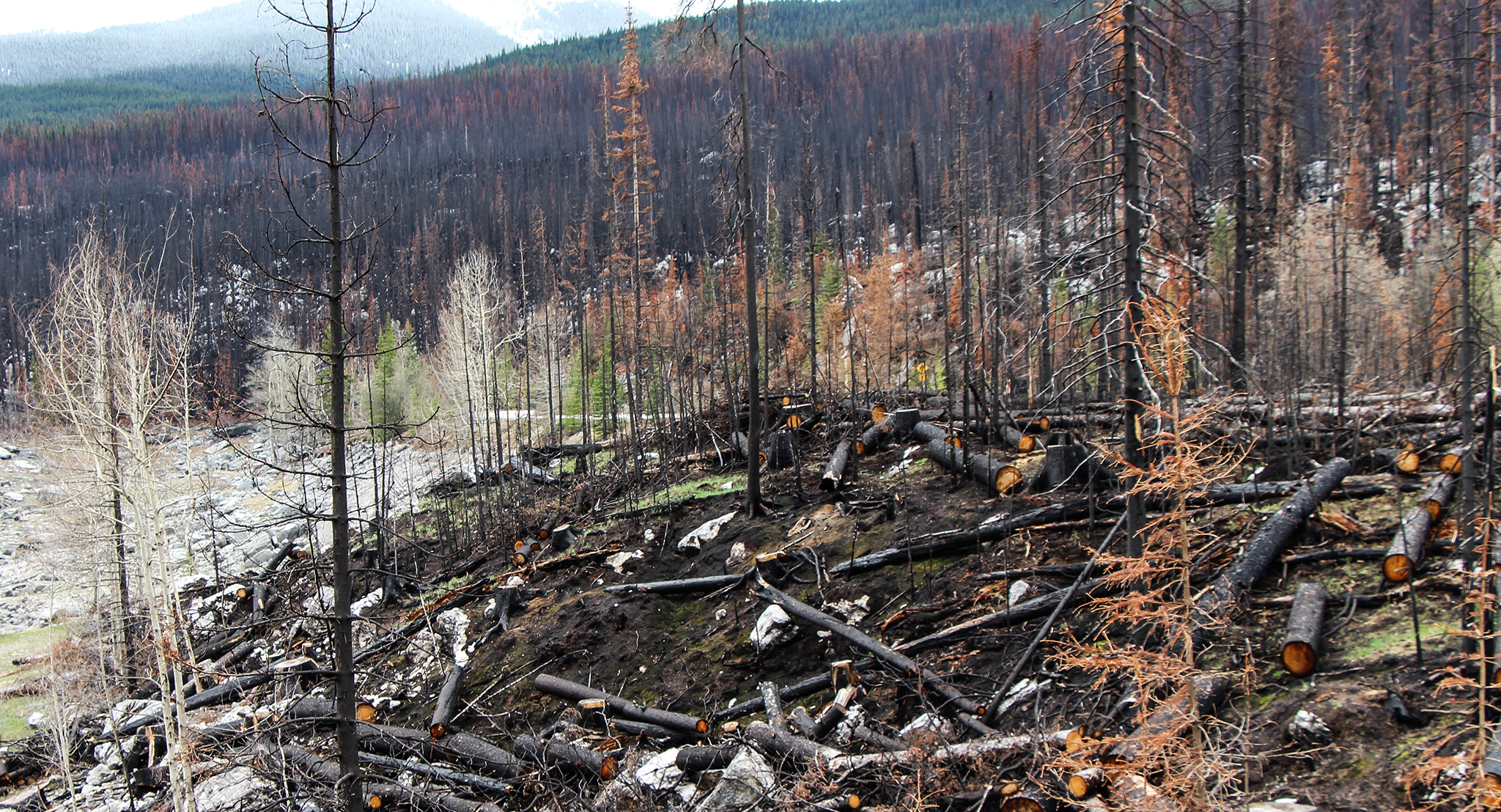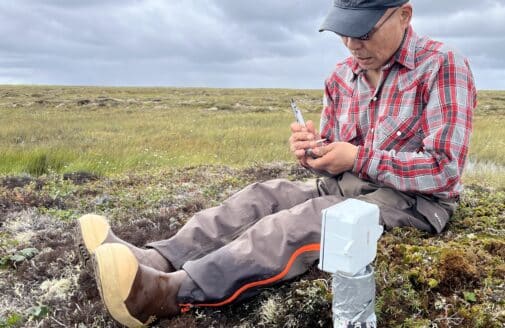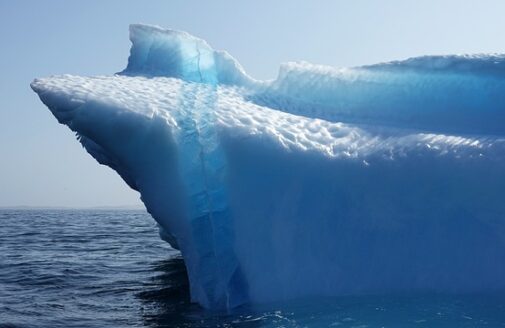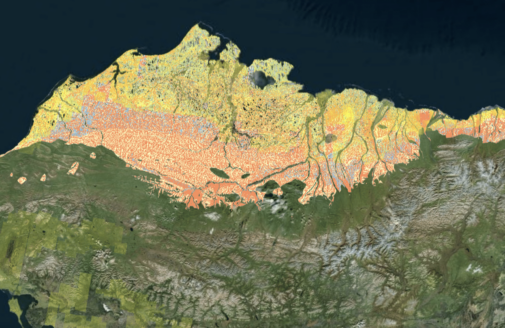Southern Canadian boreal forest emissions grow as fires worsen

Global warming is rapidly increasing the frequency and severity of fires in boreal forests, releasing large amounts of carbon into the atmosphere, including in the productive and managed boreal forests of southern Canada, according to a new study in Global Change Biology. Woodwell Climate Research Center (formerly Woods Hole Research Center) scientists Brendan Rogers and Stefano Potter co-authored the study, which estimates the 2015 fire season in Saskatchewan emitted 36 million metric tons of carbon, or roughly 112 million metric tons of CO2, equivalent to the annual carbon emissions of the entire state of New Jersey. Together, boreal wildfires and timber harvest are likely transitioning the region from a globally significant carbon sink to a source, driving worsening climate feedback loops.
Boreal forests, which grow in colder regions of the northern hemisphere, have evolved with fire but climate change is driving increases in intensity, extent, and frequency of fires, along with associated deeper burning and higher combustion rates. The southern boreal forests of central Canada already experience relatively high frequencies of fire, as well as more logging. Thus, they can serve as an analogue of future carbon dynamics for more northern forests.
“This is a lens into what the future might look like as our climate warms and northern boreal forests start burning more frequently and more intensely, similar to how southern boreal forests burn now, and as logging continues expanding north into newly-accessible areas,” said Dr. Rogers.
To take a closer look at the harms of logging, the study also looked at sites that had been harvested and then burned. It found harvested sites grow more quickly and burn more severely, and therefore emit more carbon. This indicates that different boreal forest land use practices can generate divergent carbon legacy effects. Researchers expect southern boreal forests to continue to lose carbon and become younger overall—a trend that will move north as fossil fuel burning continues to warm our climate and logging operations expand into northern primary forests.
This work was funded by the National Aeronautics and Space Administration (NASA) Arctic Boreal Vulnerability Experiment (ABoVE) and by multiple grants from the Natural Sciences and Engineering Research Council of Canada (NSERC). Support also came from the Netherlands Organization for Scientific Research. Additional resources were provided by NASA High-End Computing Program, and through the NASA Center for Climate Simulation at Goddard Space Flight Center.







